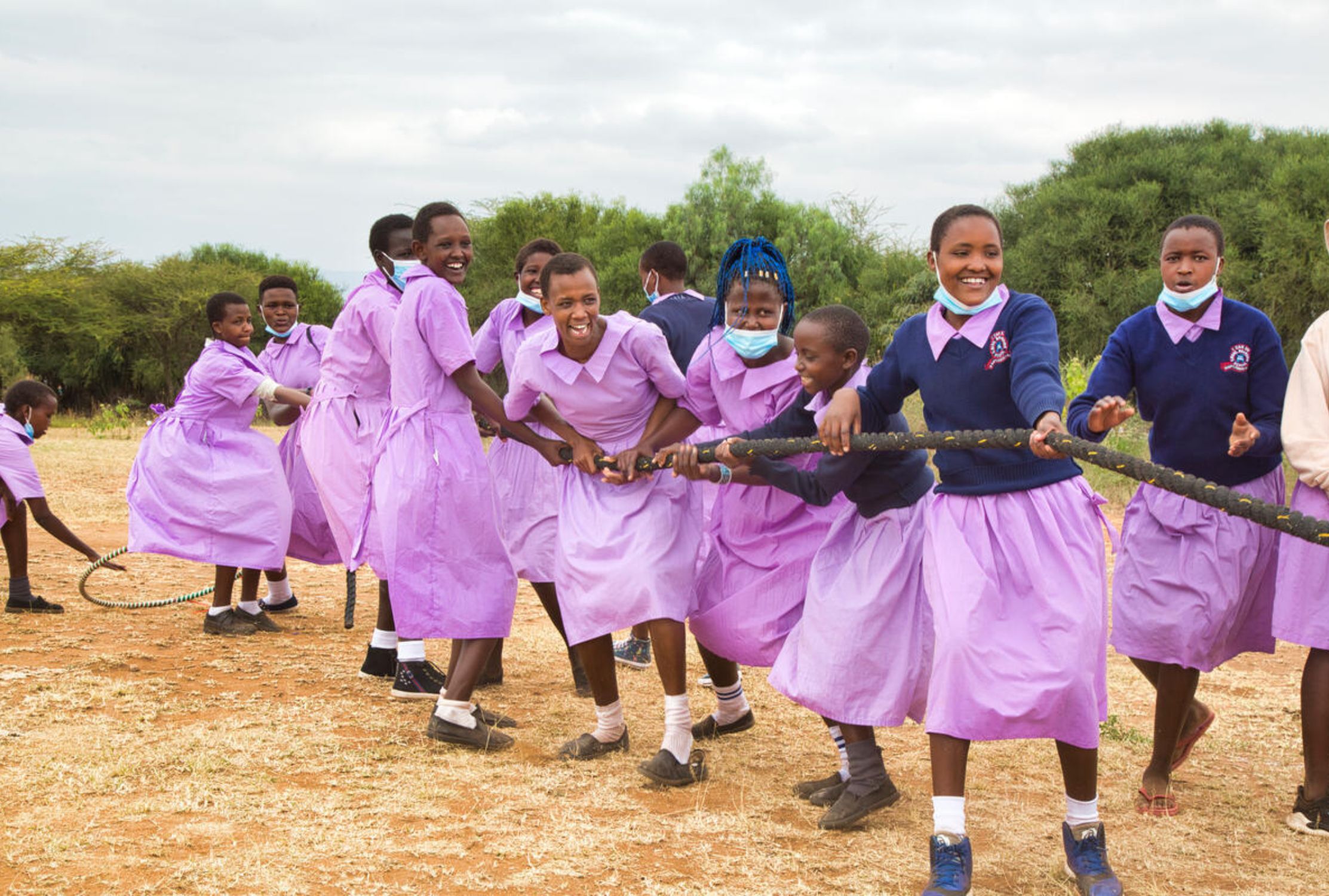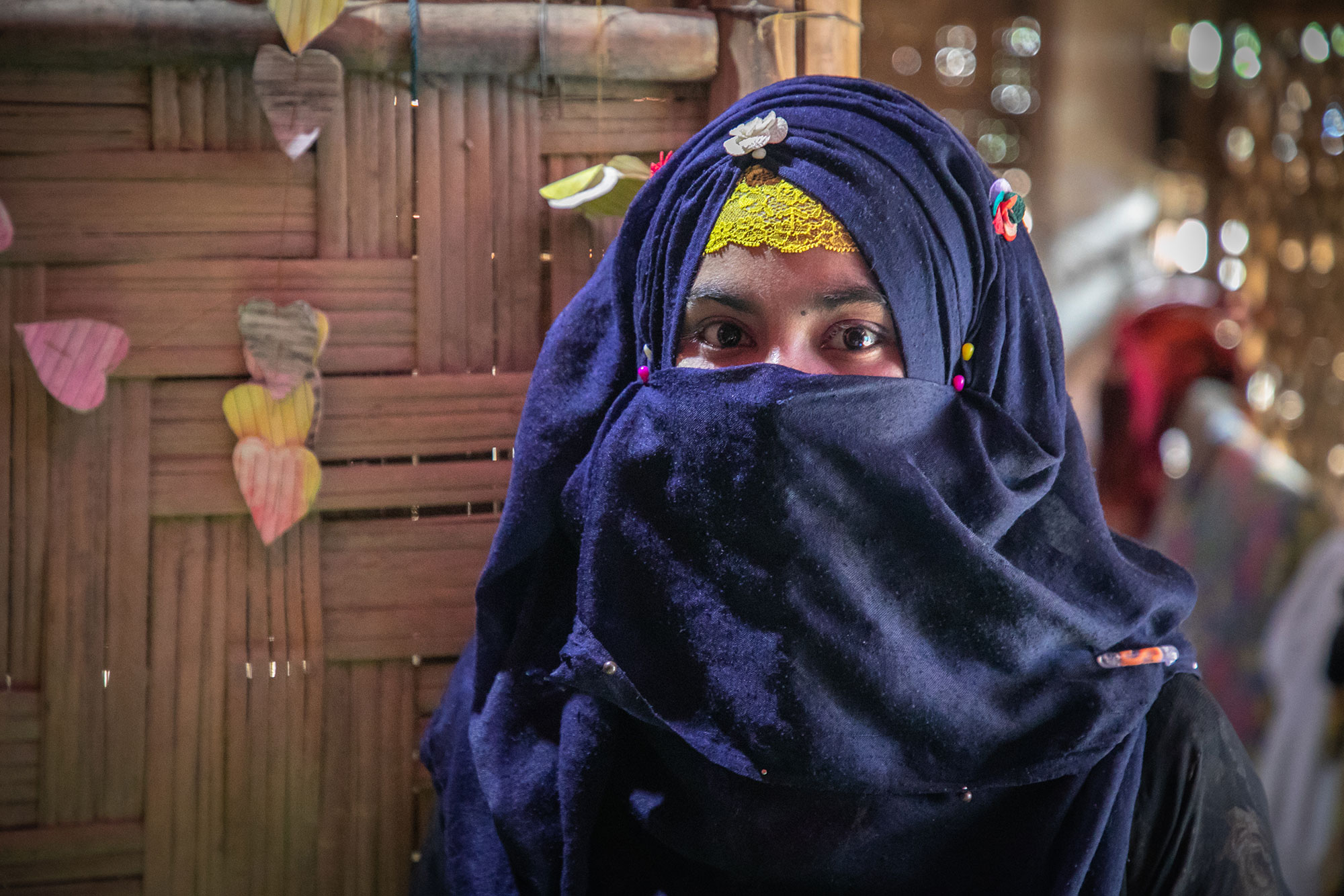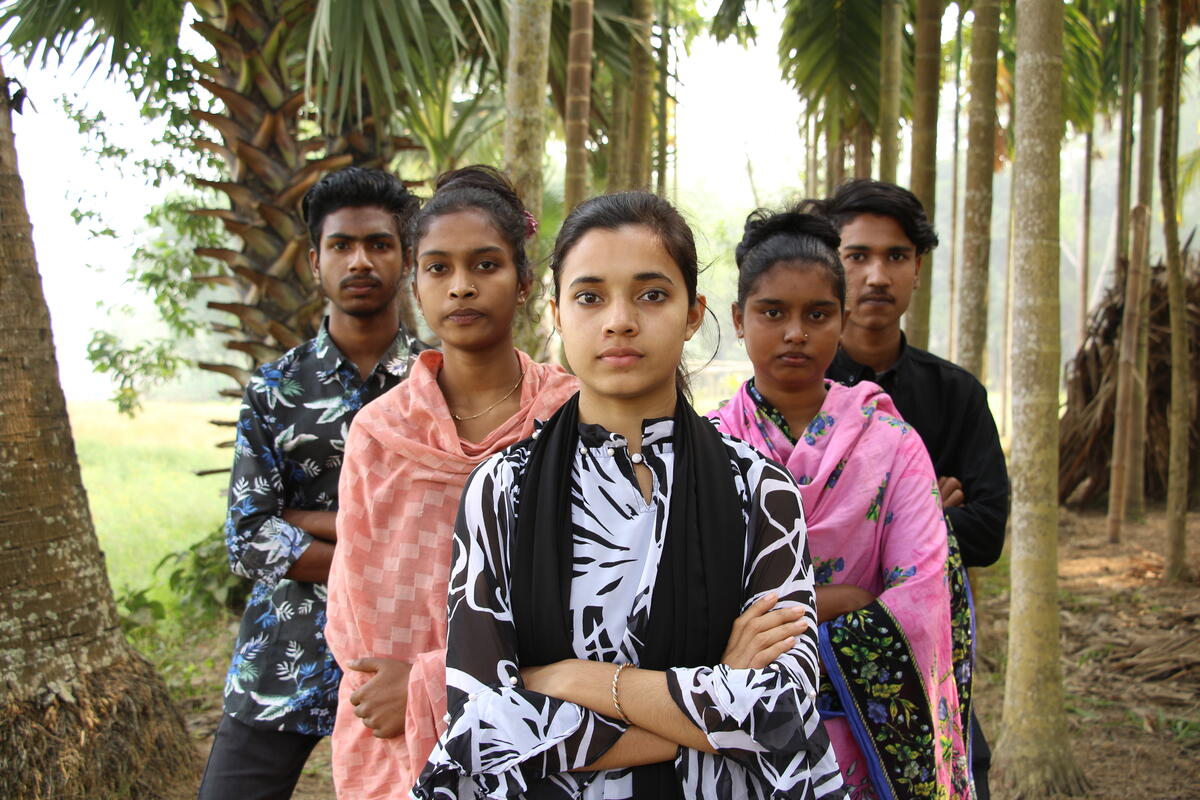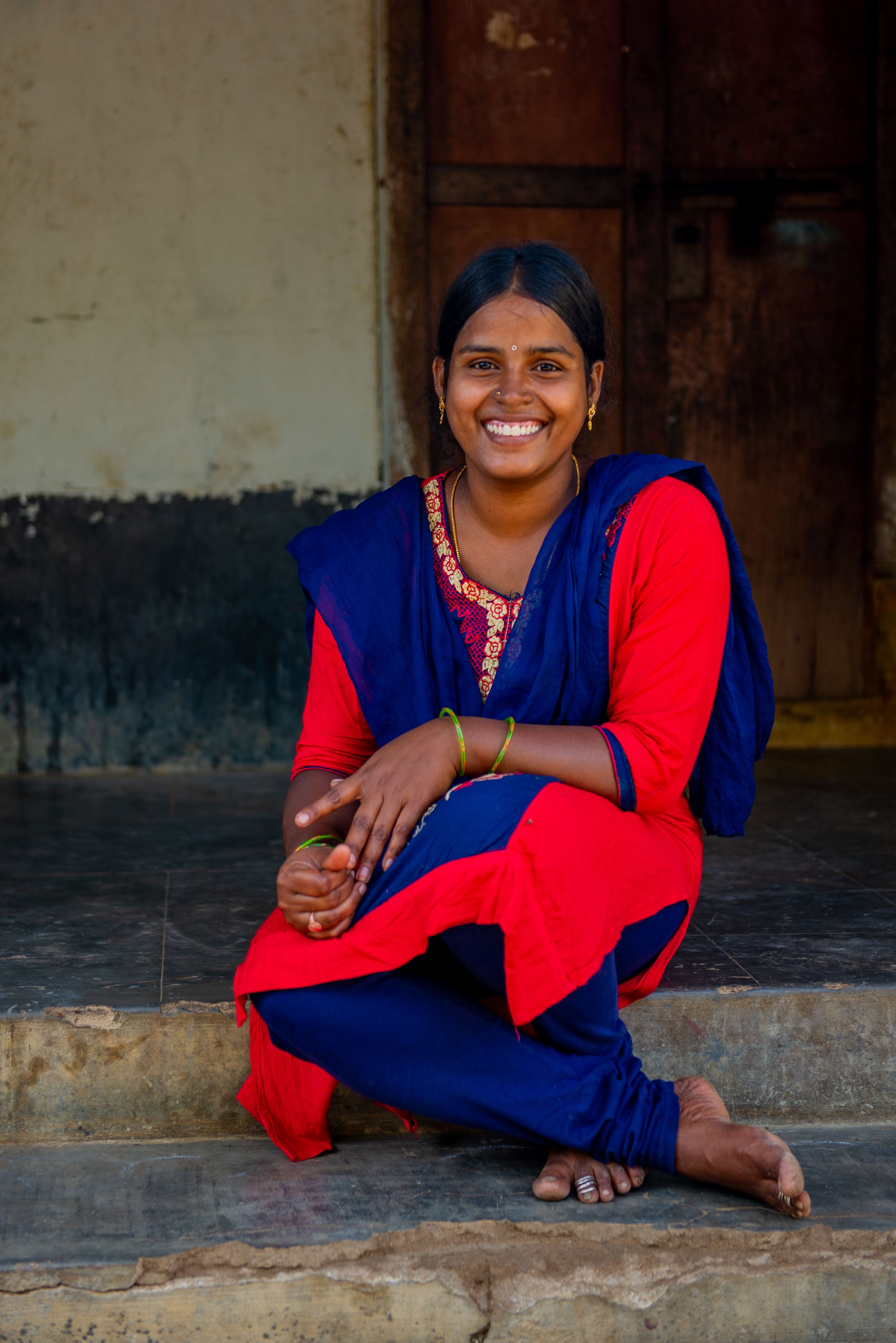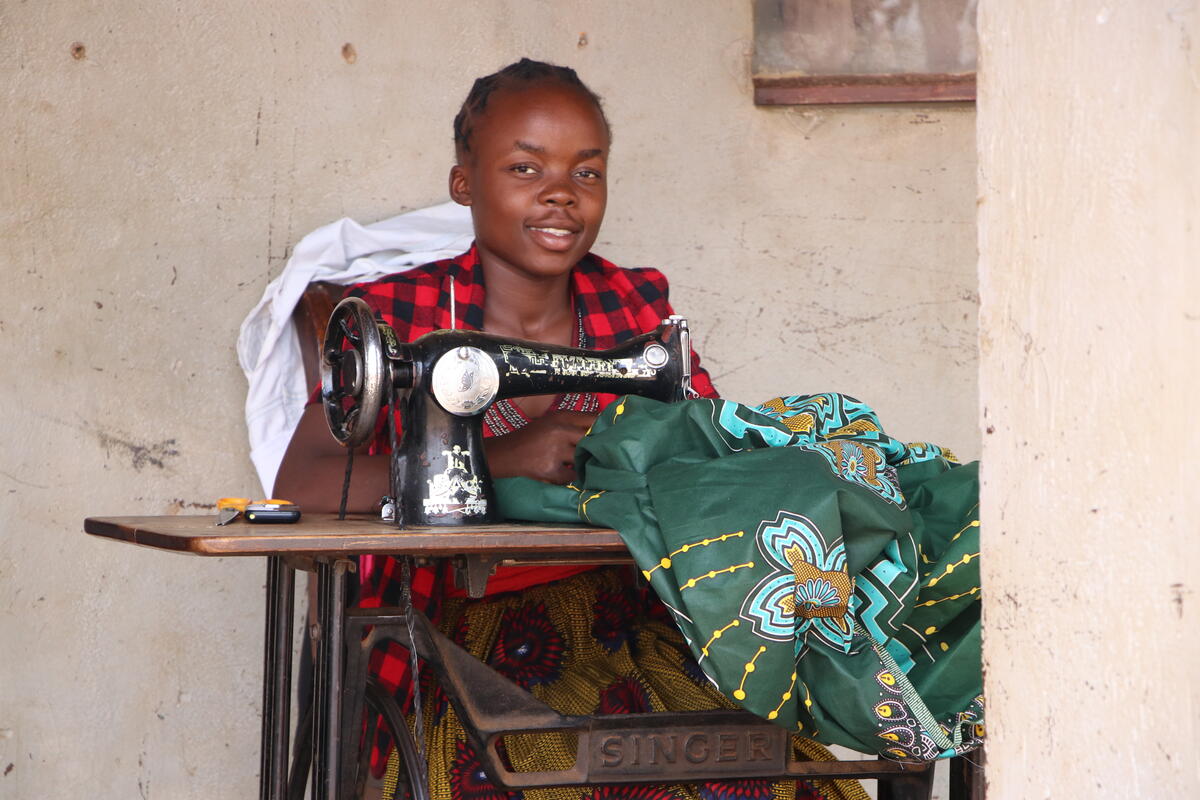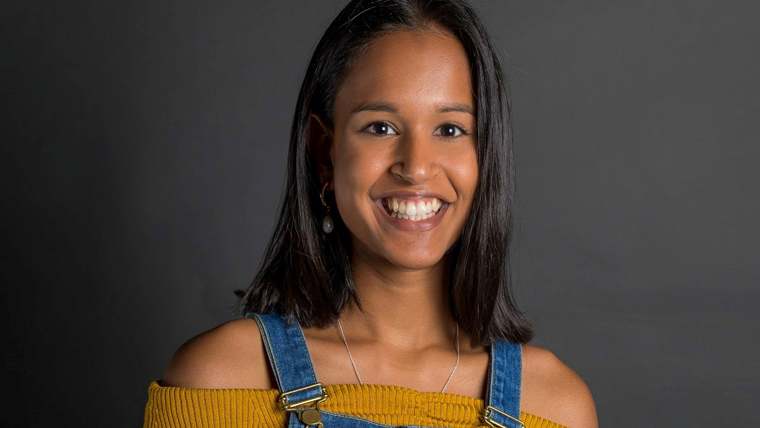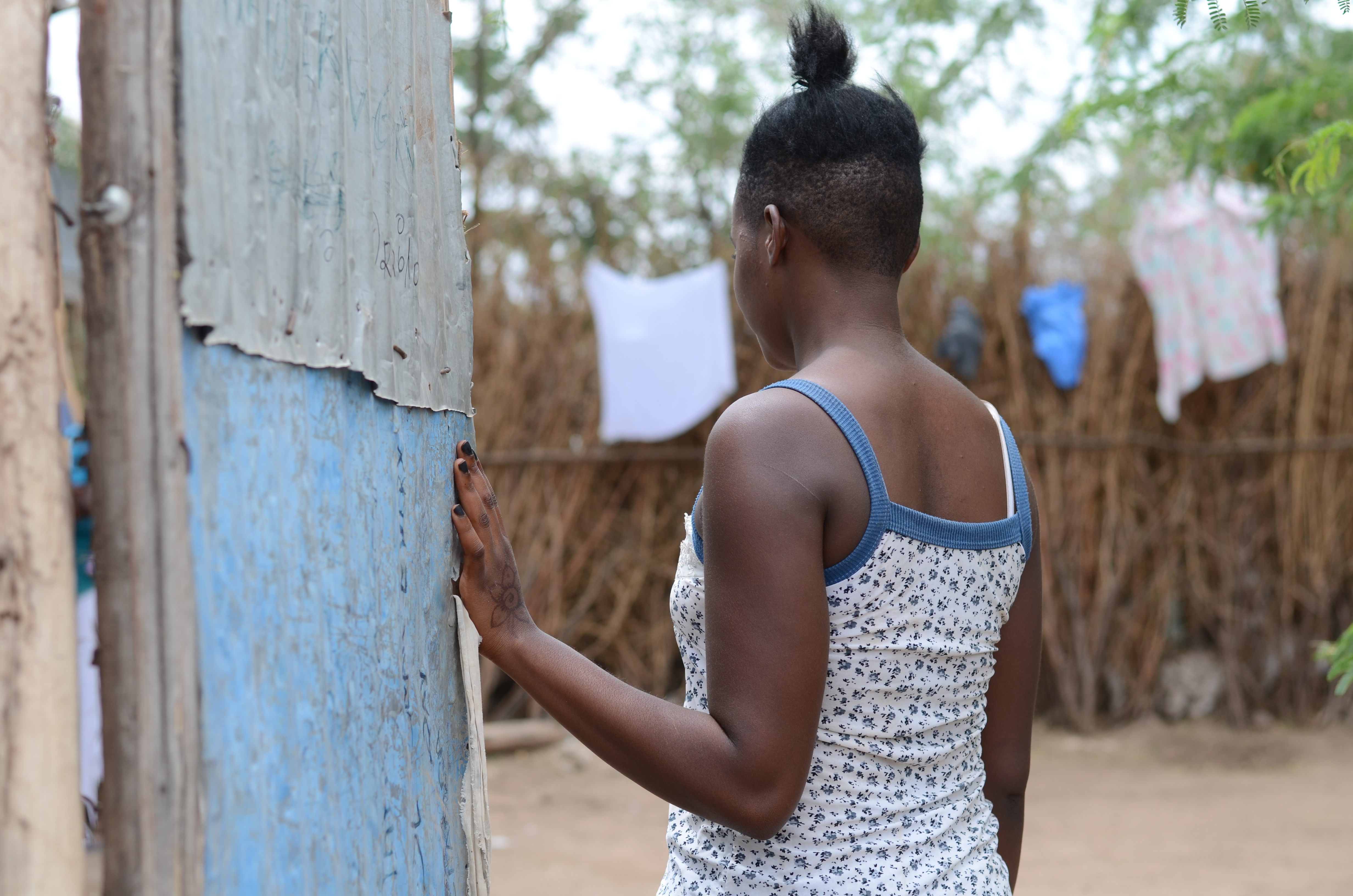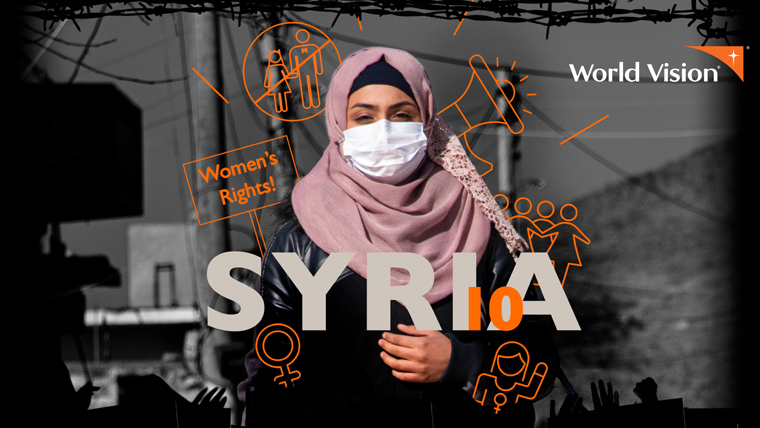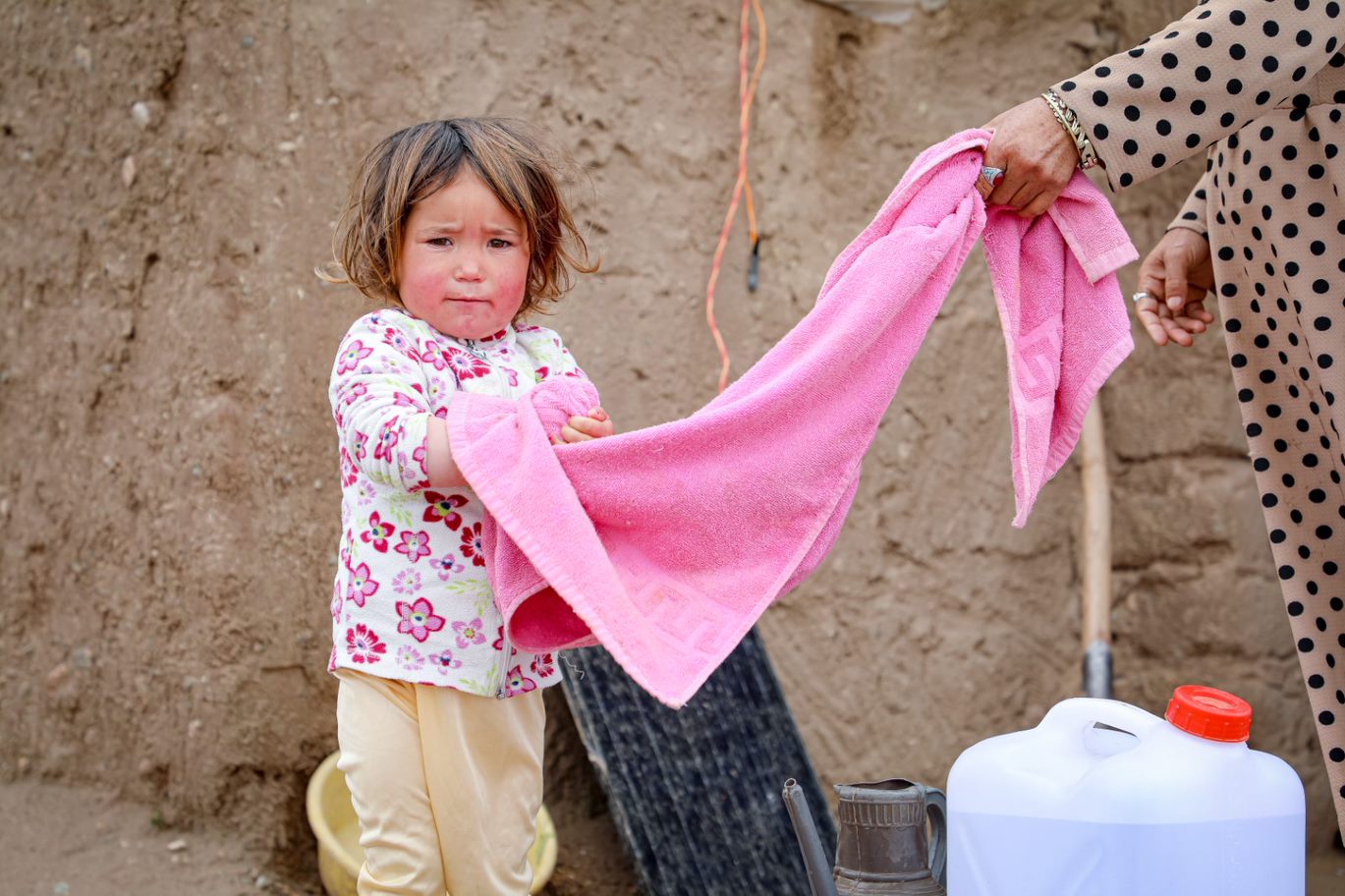There are many causes that can lead to child marriage, and a common misconception about child marriage is that it's always uncaring, abusive parents or predatory older men forcing the situation. However, in many communities, it is simply a lack of understanding and education among families in poverty, as well as different views about the ages of adulthood and the value of women outside of being wives and mothers. In other cases, people may feel as though marriage is their only option.
Some of the factors include:
Gender inequality - As detailed above, unfortunately in many countries women and girls still aren't seen as equal to men and boys. This is influenced by many factors - outdated laws, cultural norms, tradition, and lack of education are just some.
Lack of awareness - Communities often have strong misconceptions about the value of education for girls and boys, and the risks and consequences of early marriage. When the adults and young people within a community are taught about the dangers of early marriage, and the importance of continuing their education, they're much more likely to prevent and oppose underage marriage.
Poverty - Although it happens all over the world, child marriage is most closely linked with low levels of economic development. In fact, child brides overwhelmingly come from the world's most impoverished nations. For parents living in extreme poverty or with several mouths to feed, marriage can be seen as a way - or sometimes the only way - to alleviate some of their financial pressures.
Some communities require a dowry to be paid for, by the bride's family to the groom, and younger bride may mean a lower cost for the girl's family. In cultures where a bride price is paid by the groom to the parents of the bride, a younger bride can be seen as more valuable, making more money for the family.
Natural disasters or conflict - When disaster strikes in vulnerable countries, children are often tragically left without parents to support and protect them - and no family to care for them. For many young girls, getting married seems like the only way to survive - providing food and shelter, or when a girl has been forced to flee her home, a husband could be seen as able to provide protection from assault.
Inadequate or ineffective laws - Laws surrounding the age that someone can legally give consent to get married varies from country to country. Even in countries where the legal age of consent to marry is 18, if the practice of child marriage is deeply rooted in the culture, laws are rarely enforced and many exceptions are made. For example, children may be allowed to marry as long as there is parental consent. In Bangladesh for example, it is illegal to marry before turning 18, however they still have the second-highest level of child marriage of any country in the world - with four million child brides.






